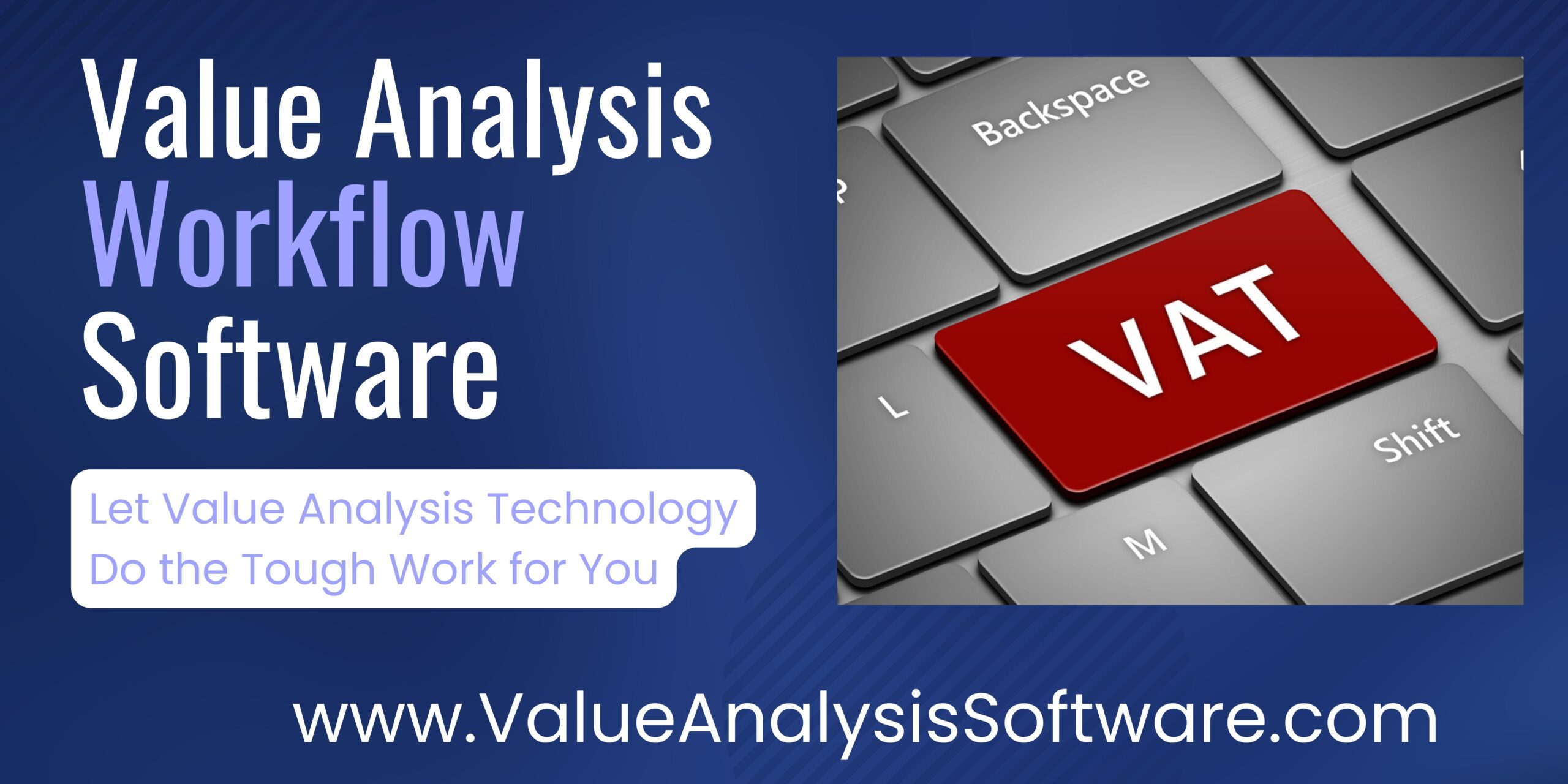Healthcare value analysis is an essential process that enables organizations to evaluate the cost, quality, and clinical outcomes associated with medical products, technologies, and services. As healthcare systems evolve, value analysis professionals must look beyond financial performance alone and integrate operational efficiencies and clinical standardization into their practices. When these elements are incorporated, organizations can improve patient outcomes, streamline processes, and reduce costs while ensuring a consistent, high-quality care experience.
The Power of Operational Efficiencies in Healthcare Value Analysis
Operational efficiency refers to the ability to deliver high-quality care cost-effectively, while making the best use of resources such as staff, equipment, and time. When operational efficiencies are embedded into the value analysis process, healthcare organizations can reduce waste, streamline operations, and ensure that decisions contribute to overall productivity.
One example of operational efficiency in action is the implementation of an automated inventory management system. Many healthcare facilities struggle with maintaining optimal inventory levels, which can lead to overstocking or stockouts of critical supplies. By automating inventory management, organizations can continuously monitor supply usage in real time, eliminating unnecessary orders, reducing storage costs, and ensuring that essential products are available when needed. As a result, value analysis teams can focus on selecting products that align with streamlined operational workflows and contribute to cost savings without compromising quality.
Another example is workflow optimization in operating rooms (ORs). By analyzing processes and identifying bottlenecks, value analysis teams can recommend improvements such as better coordination of surgical schedules, more efficient use of surgical instruments, and enhanced OR staffing models. These changes can lead to reduced turnaround times between surgeries, improved staff productivity, and more efficient use of costly OR resources. As a result, both patient throughput and overall hospital efficiency are improved.
Incorporating operational efficiency into value analysis ensures that resources are used wisely, reduces unnecessary costs, and improves care delivery.
The Role of Clinical Standardization in Value Analysis
Clinical standardization involves adopting consistent clinical practices and protocols across an organization. By standardizing care, healthcare organizations can reduce variability in patient outcomes, ensure adherence to best practices, and drive higher quality care.
Consider the example of standardizing wound care protocols across multiple departments in a hospital system. Different clinicians may use a variety of wound care products, leading to inconsistent outcomes and unnecessary costs. Through the value analysis process, the hospital identifies the most effective wound care products based on evidence-based practice, clinical outcomes, and cost efficiency. By standardizing these products across all departments, the hospital reduces variation in wound healing times, minimizes complications, and cuts unnecessary spending on underperforming or duplicative products.
Another example is clinical standardization in cardiac stent selection. In a large health system, different physicians may prefer different stent brands, creating unnecessary variability in patient outcomes and supply chain complexity. By reviewing clinical data and outcomes through a value analysis lens, the system standardizes stent selection across all facilities based on clinical efficacy and cost-effectiveness. This leads to improved consistency in patient outcomes, streamlined training for staff, and bulk purchasing discounts that save the system millions of dollars annually. Through clinical standardization, value analysis ensures that patient care is based on best practices, reducing variation and ensuring consistent, high-quality outcomes.
The Synergy Between Operational Efficiencies and Clinical Standardization
When operational efficiencies and clinical standardization are combined, healthcare organizations benefit from a powerful synergy that enhances patient outcomes while reducing costs. Together, these strategies allow organizations to optimize resource utilization, streamline care delivery, and achieve consistent clinical results across the board.
For instance, a hospital system that has standardized its protocols for joint replacement surgeries can also implement operational efficiencies by coordinating surgical schedules and optimizing staffing. By standardizing the type of implants used and ensuring efficient OR workflows, the hospital reduces supply chain complexity, lowers procedural costs, and achieves consistent clinical outcomes, such as reduced post-surgery complications and faster recovery times for patients.
In another example, a healthcare facility that standardizes its selection of personal protective equipment (PPE) also implements operational efficiencies by automating the supply chain to ensure just-in-time delivery of PPE. This reduces waste, lowers inventory costs, and ensures that staff always have access to the necessary equipment. The facility not only improves safety for patients and staff but also achieves significant cost savings through bulk purchasing and reduced storage expenses.
Incorporating operational efficiencies and clinical standardization into the healthcare value analysis process is essential for improving patient outcomes, controlling costs, and ensuring high-quality care. These strategies help healthcare organizations reduce variability, streamline processes, and optimize the use of resources, all while maintaining a focus on patient safety and clinical efficacy.
By integrating operational efficiencies like workflow automation and inventory management with clinical standardization in product selection and care protocols, value analysis teams can help healthcare organizations achieve sustainable improvements in both care delivery and financial performance. Ultimately, the combined approach of operational efficiency and clinical standardization ensures that healthcare organizations can thrive in an increasingly complex and resource-constrained environment. The Association of Healthcare Value Analysis Professionals (AHVAP) has extensive resources to assist healthcare value analysis professionals with improving both clinical and operational efficiencies. To learn more, visit www.ahvap.org.
Article By:
J. Hudson Garrett Jr., Ph.D., MSN, MPH, MBA, FNP-BC, IP-BC, PLNC, VA-BC, BC-MSLcert™, MSL-BC, CPHRM, LTC-CIP, CPPS, CAE, CPHQ, CVAHPTM, CMRP, CPXP, CDIPC, FACDONA, FAAPM, eFACHDM, FNAP, FACHE, FAPIC, FSHEA, FIDSA, FAHVAP
Dr. Garrett is the Executive Director and Executive Vice President for the Association of Healthcare Value Analysis Professionals (AHVAP) and an Adjunct Assistant Professor of Medicine in the Division of Infectious Diseases at the University of Louisville School of Medicine.
Karen Niven, MS, BSN, RN, CVAHPTM, FACHDM, FAHVAP
Karen is the Senior Director of Clinical Value Analysis at Premier, Inc and serves as the President of the Board of Directors for the Association of Healthcare Value Analysis Professionals (AHVAP).
Articles you may like:
The Intersection of Healthcare Value Analysis and Evidence-Based Practice





